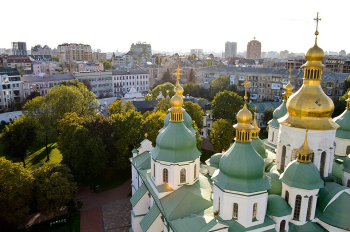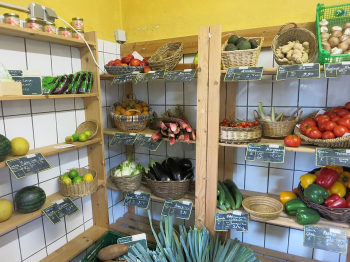
In response to Russia's full-scale invasion of Ukraine, the European Commission is proposing to extend sanctions to include diamonds, marking the 12th round of measures
against Moscow. Russia, the largest producer of rough diamonds globally, is facing potential restrictions on its diamond exports to the European Union (EU). The proposed ban is set to take effect in January as part of the ongoing efforts to hold Russia accountable for its actions.
While EU sanctions since 2022 have covered various sectors such as coal, gas, gold, vodka, and caviar, diamonds mined in Russia have thus far escaped restrictions. The proposed measure aims to address this gap and bring diamonds under the umbrella of sanctions.
Antwerp, the world's diamond capital, has been a key player in the global diamond trade, handling over 80% of all rough diamonds globally. The city, historically known for its diamond industry since the 15th century, has been a significant hub for trade. However, Russia's contribution, accounting for one in four diamonds traded in Antwerp before the war, is now under scrutiny.
Belgium has been reluctant to impose a ban on Russian diamonds to protect its diamond industry. The proposed ban would impact the import of Russian diamonds, leading to increased expenses and potential cost hikes for consumers. Some diamond dealers in Antwerp have already faced pressure from their business partners to halt supplies from Russia.
Russian diamonds have been criticized on ethical grounds, with over 90% of them produced by Alrosa, a company mostly owned by Russian government entities. The US had previously imposed a ban on imports of rough diamonds from Russia and sanctioned Alrosa in April 2023. Critics argue that buying Russian diamonds directly contributes to financing the war in Ukraine, leading to calls for them to be considered conflict diamonds, akin to "blood diamonds."
The EU's final decision on the proposed ban will be made by its 27 member states in the coming weeks. However, enforcing a ban on Russian diamonds poses challenges due to the lack of transparency in the diamond trade. Diamonds often change hands numerous times between mine and market, making it difficult to trace their origin.
While the ban may lead to fewer purchases of jewelry funding the Kremlin's war in Ukraine, closing major loopholes, especially in the diamond supply chain, is crucial for its effectiveness. The involvement of major players like India, where much of the world's diamonds are cut and polished, will play a significant role in the success of the proposed ban. Photo by James St. John, Wikimedia commons.

















